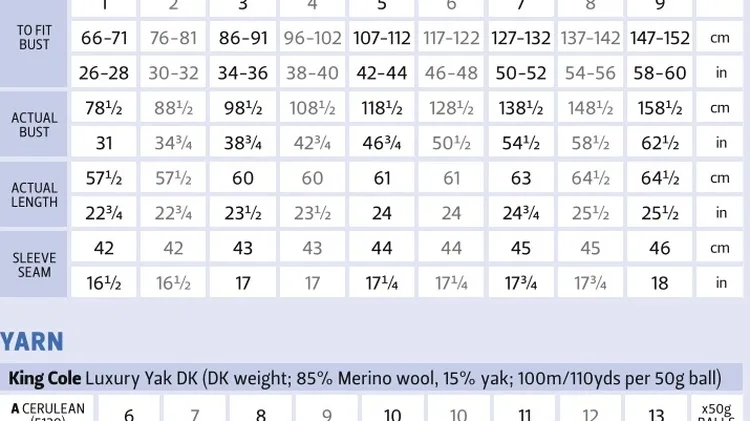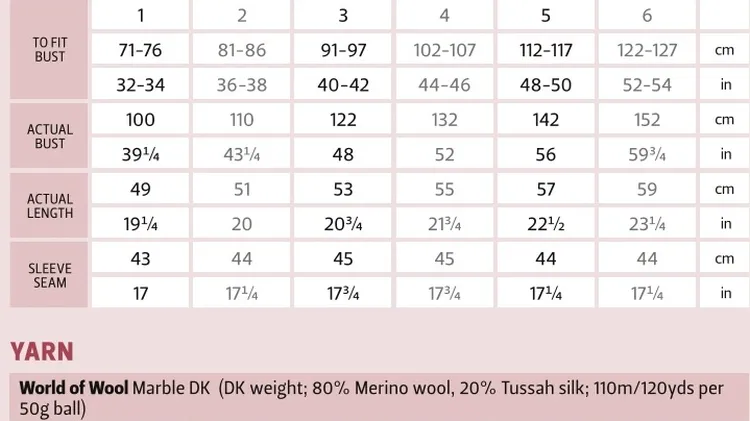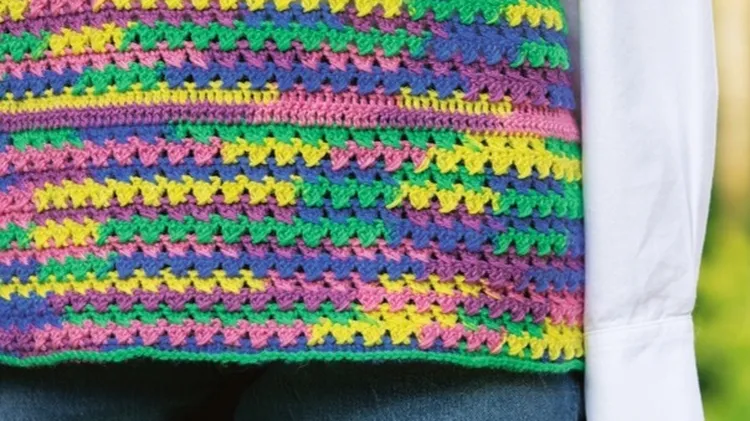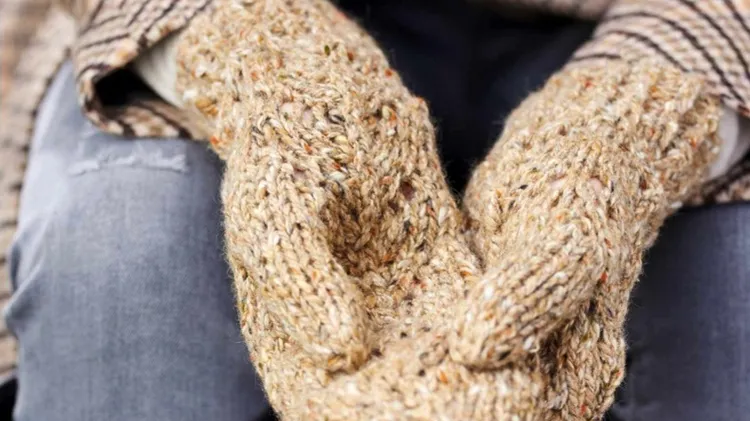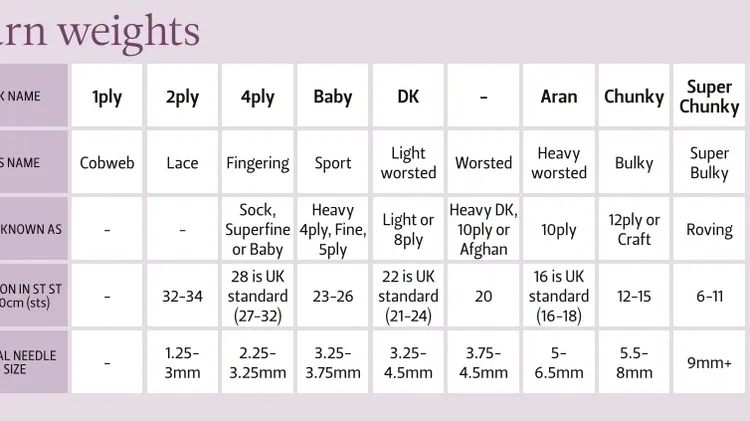Floral-inspired motifs in a palette of vibrant pinks decorate this long Fair Isle
Sólsetur
6 min read
This article is from...
Read this article and 8000+ more magazines and newspapers on Readly

